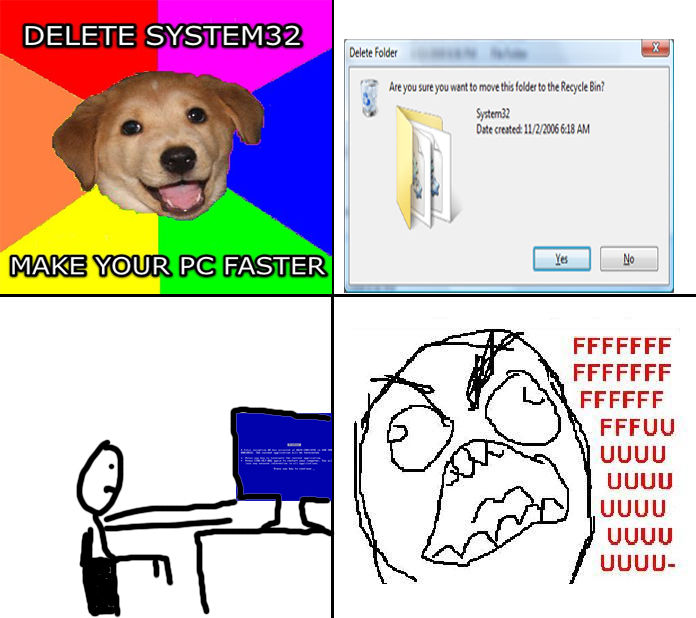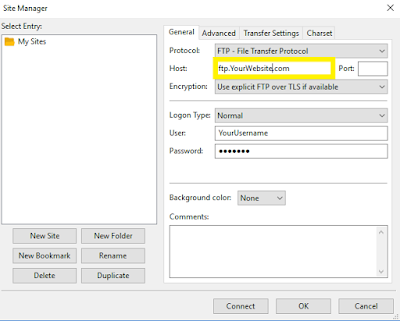


These are safe to delete in most cases, but if you run into update-related issues, you should keep them for troubleshooting.


Click Temporary files in the list of options, then you'll see a list populate that's similar to what Disk Cleanup offers. If you find this interface too clunky, you can browse to Settings > System > Storage to try the newer storage cleanup tool in Windows 10 and 11. For more options, choose Clean up system files and provide administrator permissions before you go through the list. Let it scan, and you'll see several categories of files you can erase. You can open it by searching for Disk Cleanup in the Start menu and selecting a drive ( C: in most cases). The Disk Cleanup tool helps you reclaim disk space on your Windows computer and is simple to use. This helps you avoid common Windows maintenance mistakes, like accidentally deleting files that you need or messing with the wrong folders.įREE CHEAT SHEET: Organize Your Computer Files Like a Pro Before we look at Windows files and folders you can safely remove, you should know that manually deleting them isn't usually the best way to go about it.Īside from wasting time doing this yourself when you could automate the process, it's safer to let the Disk Cleanup tool do these cleanings for you.


 0 kommentar(er)
0 kommentar(er)
